
Аннотация
The C programming language has been around for a long time — the canonical reference for it is the book written by its creators, Kernighan and Ritchie [1978]. Since then, C has been used in an incredible number of applications. Programs and systems written in C are all around us: in personal computers, phones, cameras, set-top boxes, refrigerators, cars, mainframes, satellites ... basically in any modern device that has a programmable interface.
In contrast to the ubiquitous presence of C programs and systems, good knowledge of and about C is much more scarce. Even experienced C programmers often appear to be stuck in some degree of self-inf l icted ignorance about the modern evolution of the C language. A likely reason for this is that C is seen as an "easy to learn" language, allowing a programmer with little experience to quickly write or copy snippets of code that at least appear to do what it’s supposed to. In a way, C fails to motivate its users to climb to higher levels of knowledge.
This book is intended to change that general attitude, so it is organized in levels that ref l ect familiarity with the C language and programming in general. This structure may go against some habits of the book’s readers; in particular, it splits some diff i cult subjects (such as point-ers) across levels in order to not swamp readers too early with the wrong information. We’ll explain the book’s organization in more detail shortly.
Generally, although many universally applicable ideas will be presented, that would also be valid for other programming languages (such as Java, Python, Ruby, C#, or C++) the book primarily addresses concepts and practices that are unique to C or are of particular value when programming in the C language.
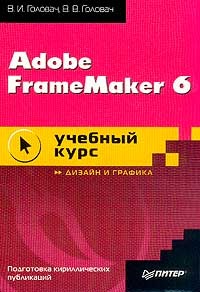
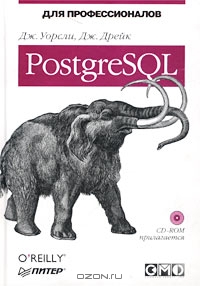


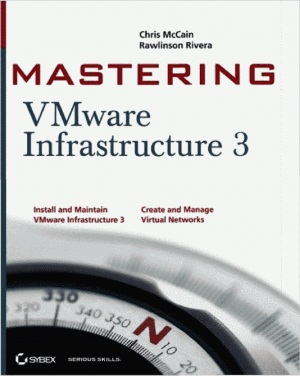
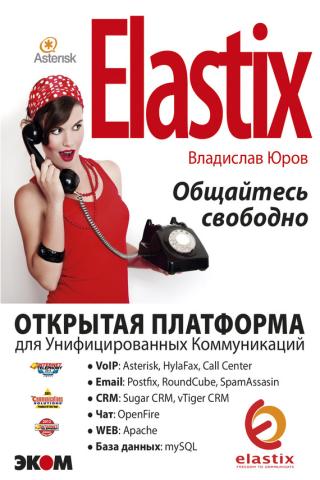
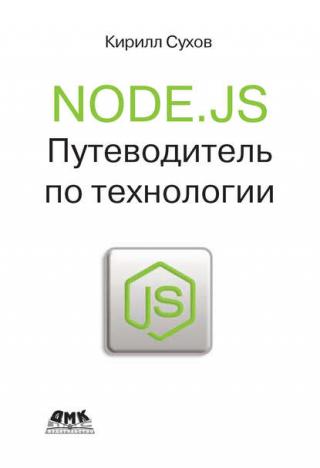
![Книга Уильяма Шоттса "Командная строка Linux: Полное руководство" представляет обширный обзор «жизни» в командной строке Linux. В отличие от других книг, посвященных... Командная строка Linux [Полное руководство]](https://www.rulit.me/data/programs/images/komandnaya-stroka-linux-polnoe-rukovodstvo_466607.jpg)
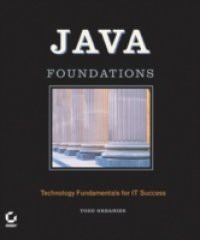
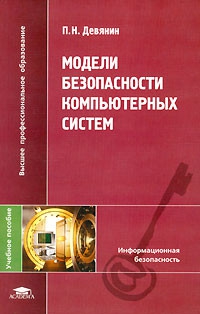
![Технологии анализа текстовой информации стремительно меняются под влиянием машинного
обучения. Нейронные сети из теоретических научных исследований перешли в... Прикладной анализ текстовых данных на Python [Машинное обучение и создание приложений обработки естественного языка]](https://www.rulit.me/data/programs/images/prikladnoj-analiz-tekstovyh-dannyh-na-python-mashinnoe-obuchenie-i-soz_603555.jpg)
Комментарии к книге "Modern C"